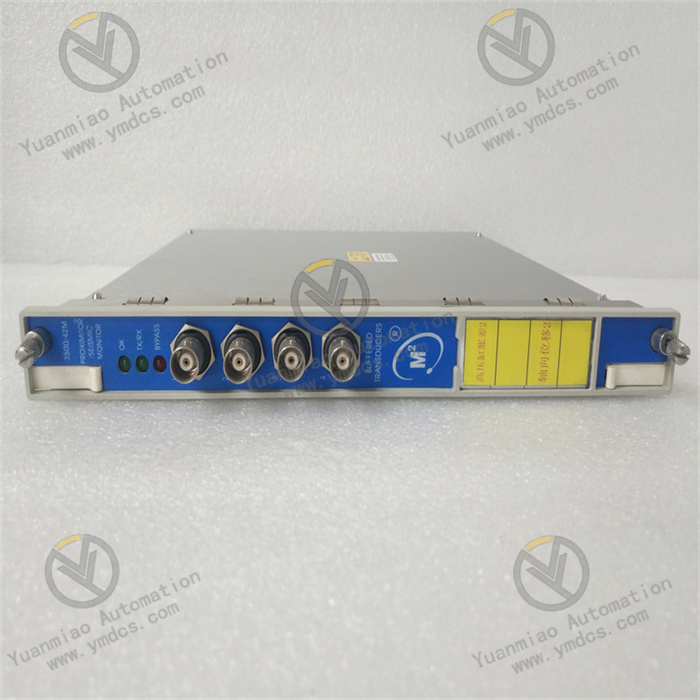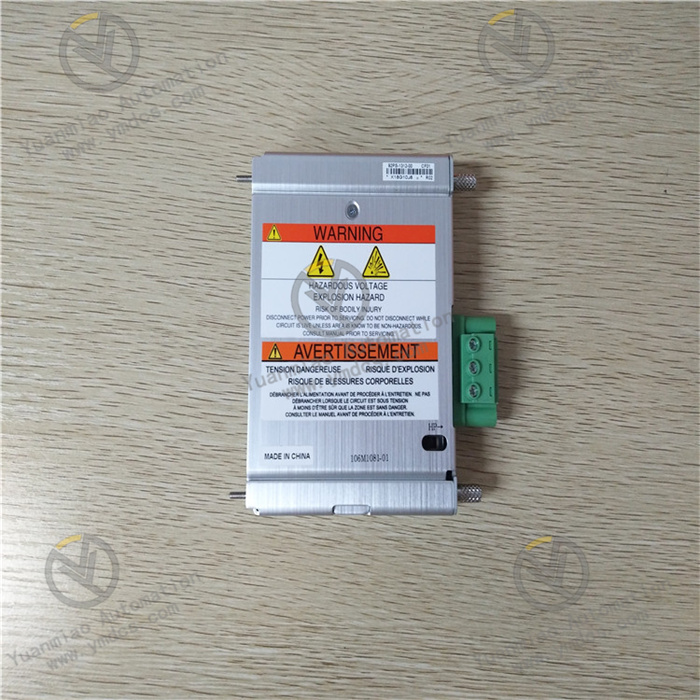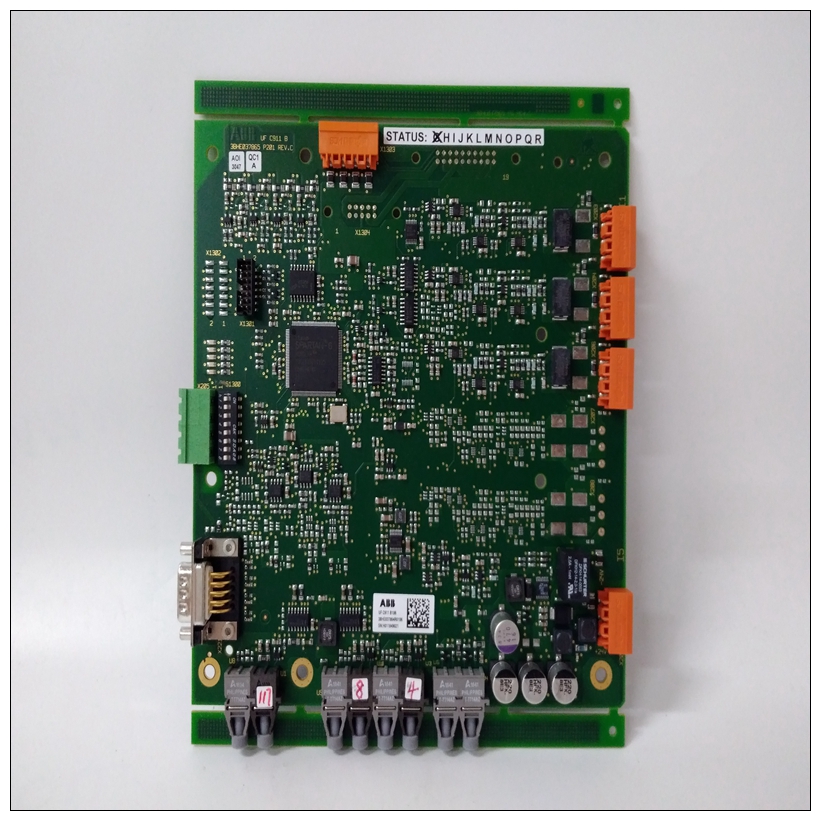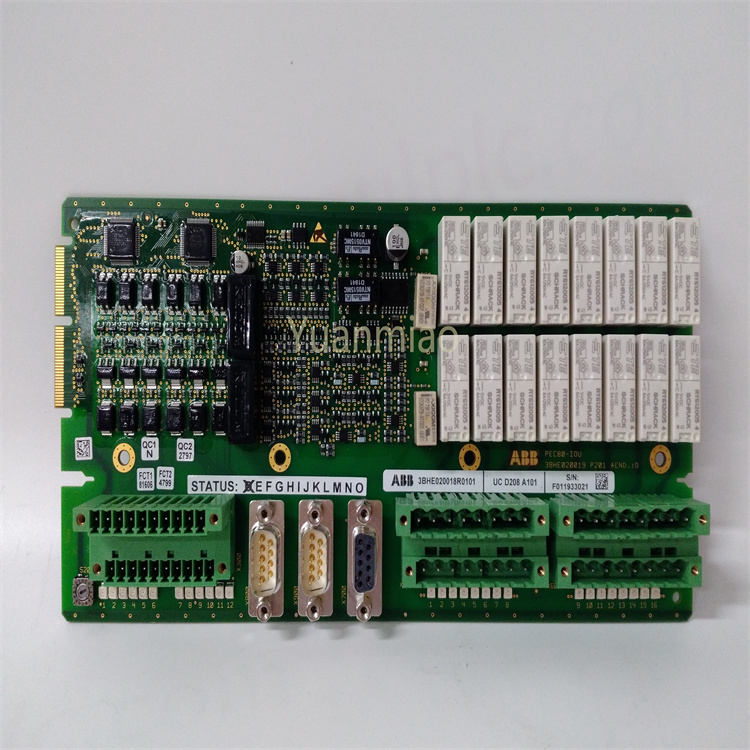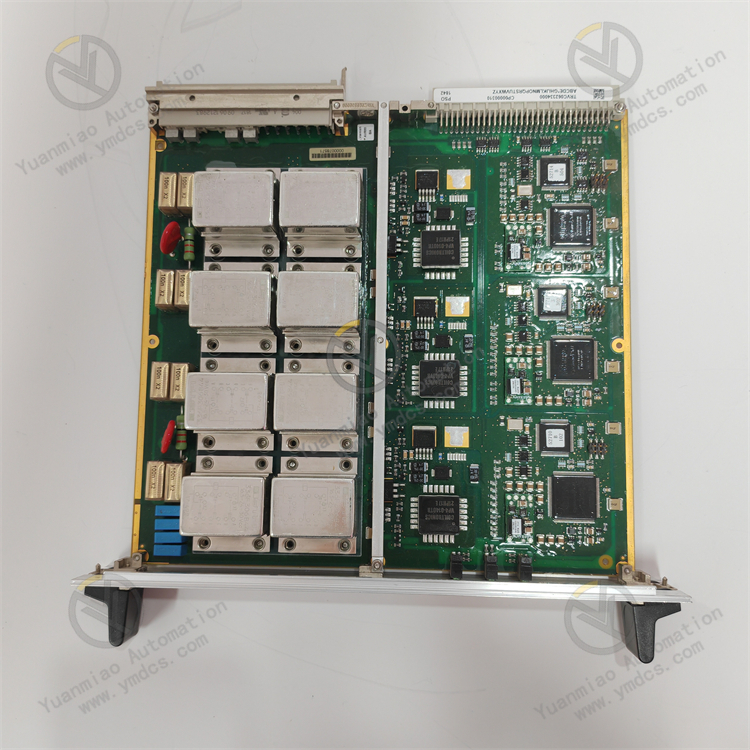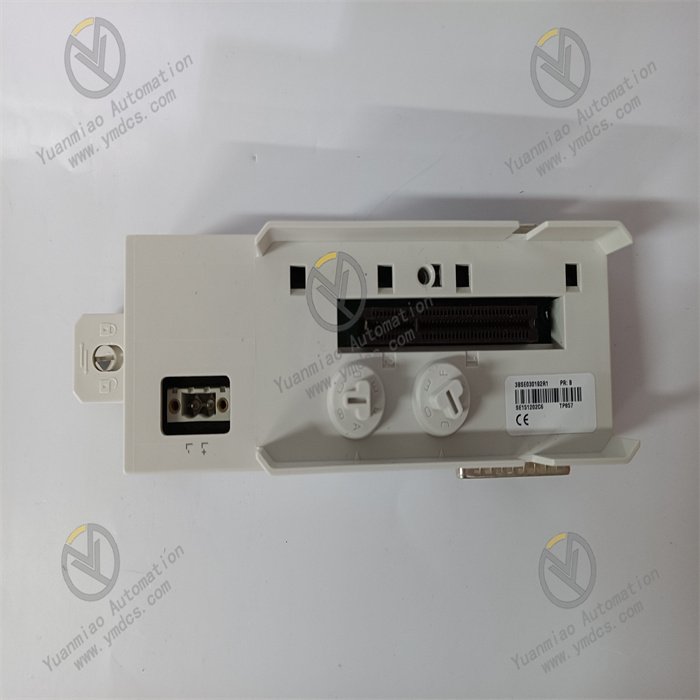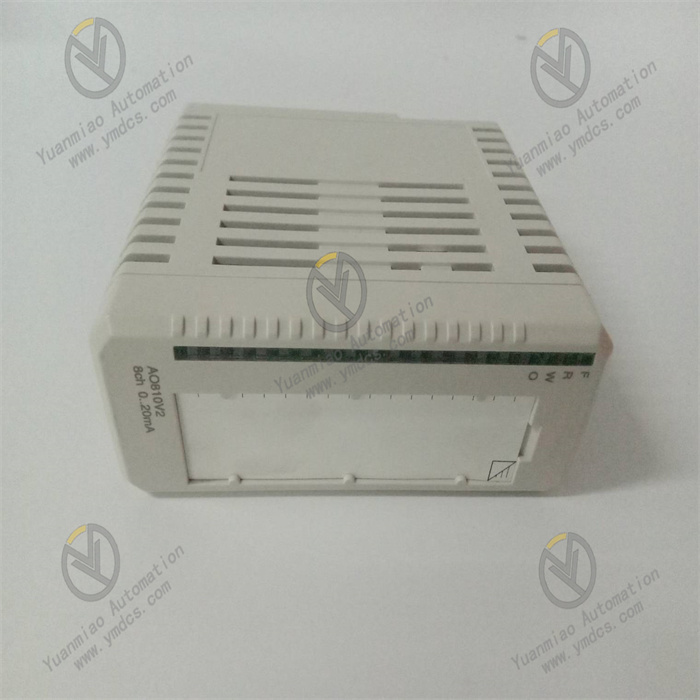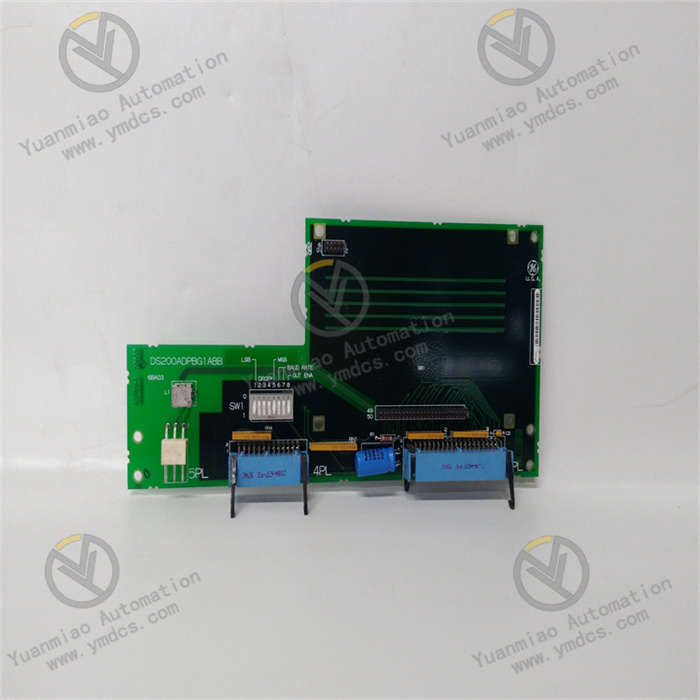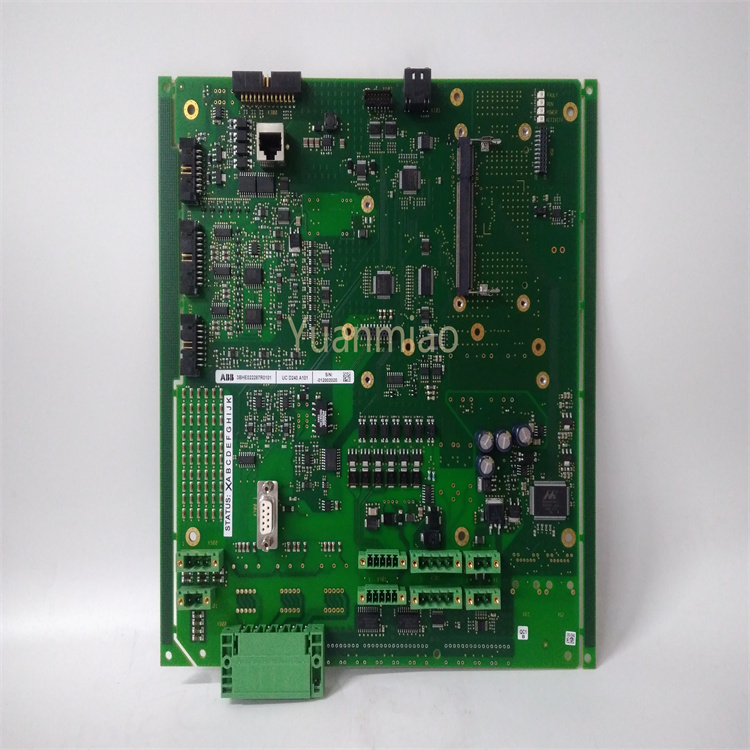Description
GE DS200SIOBH1ACA
The GE DS200SIOBH1ACA is a high-performance industrial control module developed by General Electric (GE), designed for complex automation systems. As a key component of GE's DS200 series, this module integrates reliable hardware architecture and advanced control algorithms, serving as an interface for signal input/output (I/O) and system coordination in industrial applications such as power generation, manufacturing, and process control.
It enables real-time processing of analog and digital signals, supporting seamless communication between field devices and upper-level control systems. The module's robust design ensures stable operation in harsh environments with high humidity, temperature fluctuations, or electromagnetic interference.
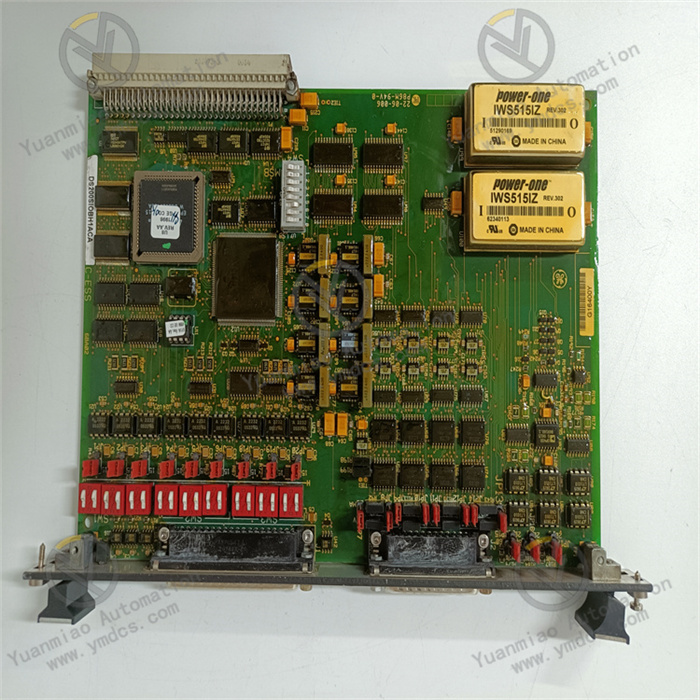
- Input Voltage: 24V DC (±10% tolerance)
- Power Consumption: ≤15W
- Voltage Protection: Transient overvoltage suppression (TVS diodes)
- Analog Inputs: 8 channels (0-10V DC / 4-20mA)
- Analog Outputs: 4 channels (0-10V DC / 4-20mA)
- Digital I/O: 16 channels (24V DC, opto-isolated)
- Resolution: 12-bit (analog), 16-bit (digital)
- RS485 (Modbus RTU)
- Ethernet (Modbus TCP/IP)
- CANopen (optional)
- Operating Temperature: -40°C to +70°C
- Storage Temperature: -55°C to +85°C
- Humidity: 5%-95% (non-condensing)
- Protection Level: IP20
- Dimensions: 140mm × 100mm × 45mm
- Weight: Approximately 0.9kg
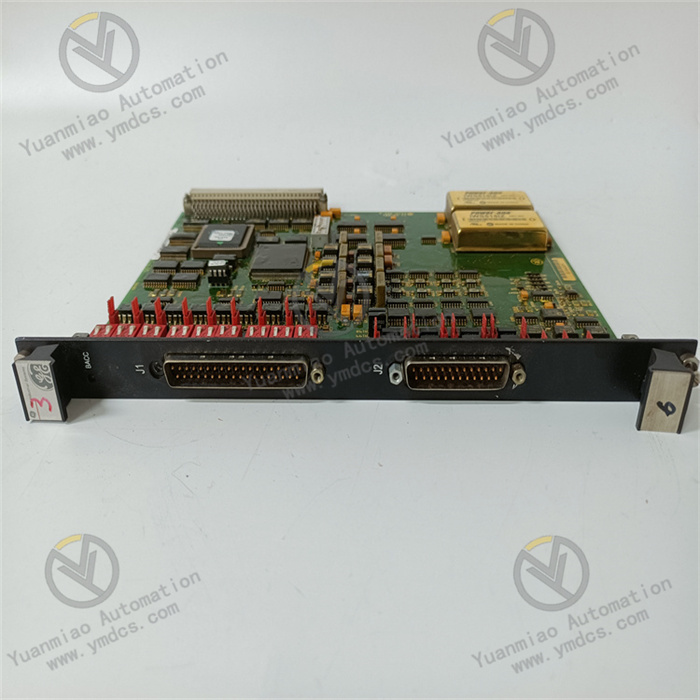
Supports simultaneous acquisition and processing of analog and digital signals, enabling real-time monitoring of parameters like voltage, current, and temperature. It converts field signals into standardized outputs for control systems.
Compatible with industry-standard protocols (Modbus, CANopen), allowing seamless integration with PLCs, SCADA systems, and HMIs. It facilitates remote configuration and data logging for efficient system management.
Built-in overvoltage, overcurrent, and ESD protection safeguards against transient faults. Opto-isolated I/O channels prevent ground loops and electromagnetic interference, enhancing system reliability.
Enables module replacement without powering down the system, minimizing downtime. The standardized structure supports easy expansion of I/O capacity to meet evolving production needs.

- Cause: Power supply failure / fuse blown
- Solution: Check 24V DC connection; replace fuse (2A slow-blow) on the terminal block.
- Cause: Wiring interference / calibration drift
- Solution: Shield signal cables; perform hardware calibration via the configuration software.
- Cause: Overvoltage damage / contact oxidation
- Solution: Inspect voltage ratings of connected devices; clean terminal contacts with isopropyl alcohol.
- Cause: Cable damage / protocol mismatch
- Solution: Test communication cables with a multimeter; verify baud rate (default: 9600 bps) and data format (8N1).
- Cause: Dust accumulation / insufficient ventilation
- Solution: Clean the module's heat sink; ensure the control cabinet fan operates at ≥20CFM.
![]()






